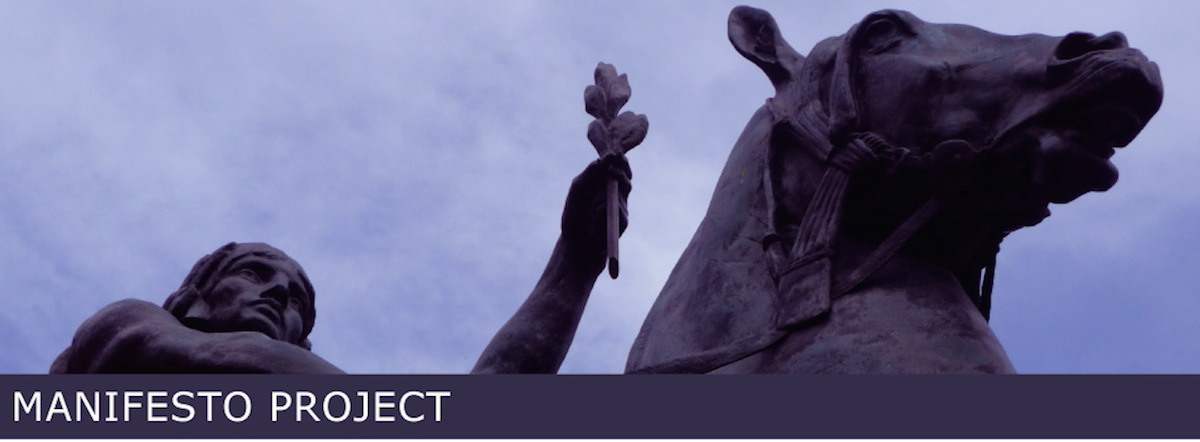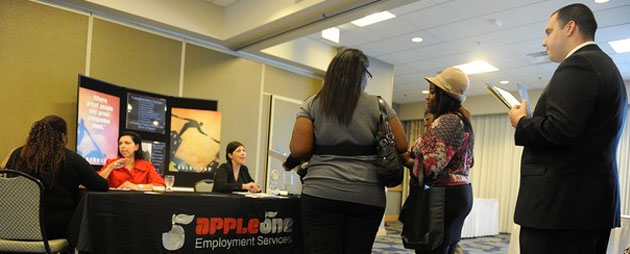Creator: By Lauren Viera, Features reporter for the Chicago Tribune
Purpose: To transform the humble, often maligned Veggie Burger and turn into “an entree worth salivating over… no matter the dietary preferences of its customer.”
A veggie burger manifesto for our modern times, tastes
It’s almost easier to define the modern veggie burger by what it isn’t, rather than what it is.
A veggie burger is not, for instance, a proteinless vessel comprising typical burger fare (lettuce, tomatoes, pickles, onions) built between two buns and melded together with a consolatory slice of American cheese. That’s a sandwich, not a burger. And respectable burger joints that know better rightfully refer to it as such.
Nor is a veggie burger born by substituting a meat patty with a pseudo-exotic vegetable sliced into a half-inch disc. Many otherwise savvy places get away with this tactic, including Patty Burger (eggplant), M Burger (beefsteak tomato), et al. (portobello mushrooms galore). Yes, those are literal veggie burgers: vegetables accompanied by burger accouterments assembled on a bun. But flavor-wise, they’re redundant. Does anyone honestly desire to sink his or her teeth into a “burger” whose dominant flavor is a giant rubber tire of a fungus?
The list of veggie burger faux pas is long. Among the worst offenders: turkey burgers (a turkey is not a vegetable), salmon burgers (ditto), tofu burgers (just plain wrong). The most controversial? Black bean burgers. Black beans long to be liberated, free to swim in chili, soup and dips — not mushed together into a claustrophobic pancake smothered with ketchup and mustard, only to fall apart at the first opportunity. Whoever thought the black bean burger was a good idea was probably a meat eater. (One exception made our list.)
Eliminate the impersonators and you’re left with only the true entries deserving of the veggie burger title: traditional burger architecture (buns, ingredients, condiments) showing off a non-meat patty comprising a balanced combination of vegetables, grains and/or texturized vegetable protein.
That’s it.
Thanks to those chefs who strive toward deliciousness within the aforementioned parameters, the veggie burger is no longer limited to consumption by vegetarians. Conversely, it is no longer acceptable to offer a veggie burger on a menu boasting a chef by name, only to plate a defrosted Gardenburger (or worse, Boca burger).
The best veggie burger, like the best hamburger, should inspire in its maker a desire to create an entree worth salivating over, one that requires two hands and several napkins to conquer, no matter the dietary preferences of its consumer. Until all burger-makers are on board with this manifesto, our work isn’t done.
Source
Article from the Chicago Tribune Food and Dining Section, June 30, 2011










